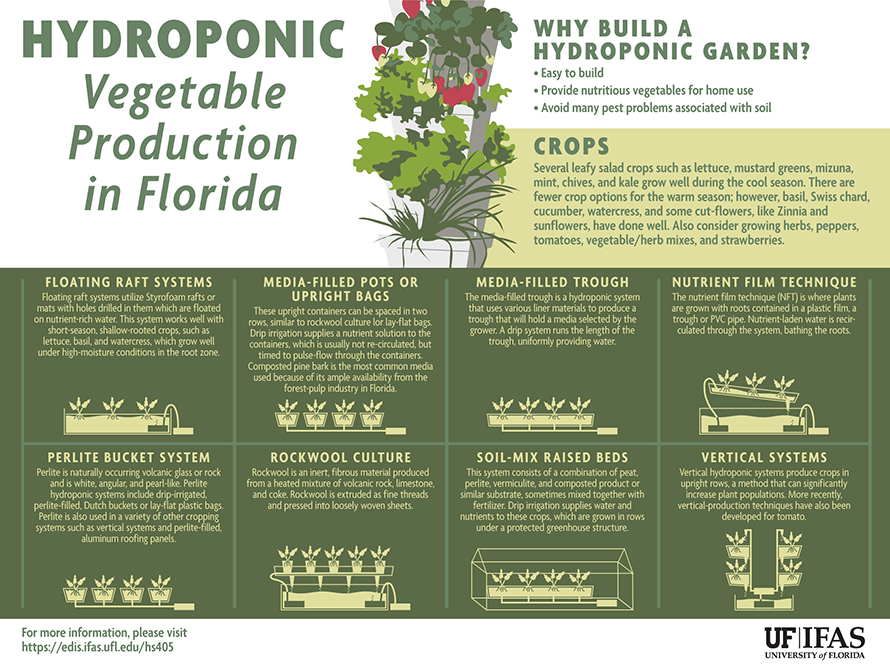Seasonal Tree Care: Just How To Handle Trees Prior To And After Removal
Seasonal Tree Care: Just How To Handle Trees Prior To And After Removal
Blog Article
Material Writer-
When it comes to seasonal tree care, ensuring appropriate management before and after removal can dramatically influence the wellness and aesthetics of your landscape. By recognizing the necessary actions associated with examining tree health and wellness and preparing for removal, you can proactively protect your building. Yet what regarding view to adhere to once the tree is gone? Stay tuned to find the crucial post-removal care actions that will certainly aid you grow a thriving and lasting setting for your trees.
Pre-Removal Tree Care
Prior to addressing the removal of a tree, it's crucial to prioritize pre-removal tree treatment. Start by assessing the tree's health and wellness and structural honesty. Look for signs of illness, insect problems, or any structural issues that might present a safety and security threat during elimination. It's essential to speak with a certified arborist to figure out the best course of action.
Trimming dead or unhealthy branches can avoid more damages to the tree and make certain a smoother removal procedure.
Additionally, think about the environmental influence of eliminating the tree. Trees play a crucial duty in our ecosystem, so growing a new tree in a suitable place can assist offset any loss. Make certain that you have the necessary authorizations and approvals for tree removal, specifically if the tree is shielded by regional regulations.
Seasonal Upkeep Tips
Analyzing your tree's needs throughout the year is necessary for its health and durability. To maintain your trees in leading condition, follow these seasonal upkeep ideas.
In spring, focus on trimming to get rid of dead or broken branches and urge brand-new growth.
see page asks for regular watering, specifically during dry spells, to guarantee your tree stays hydrated.
As fall methods, keep an eye out for early indicators of disease or anxiety, and take into consideration using mulch to protect the roots during wintertime.
In winter, beware when removing snow from branches to prevent breakage, and continue to monitor your tree's total wellness.
Remember to adjust your treatment regular based on the particular needs of your tree varieties and neighborhood environment. By remaining mindful and positive throughout the seasons, you can assist your trees grow and grow for several years to find.
Post-Removal Tree Treatment
To guarantee the wellness of your landscape also after tree elimination, correct post-removal care is vital. After a tree is gotten rid of, it's vital to load the continuing to be hole with topsoil and compact it to prevent settling. This will help preserve the stability of the ground and stop prospective dangers in the future.
Consider planting new plants in place of the eliminated tree to bring back the balance and looks of your landscape. Frequently water the location to advertise the growth of brand-new plants and stop dirt erosion.
Examine the surrounding trees for any kind of indicators of condition or anxiety that may have been brought on by the removed tree. Watch out for insects that may've been brought in to the previous tree and take safety nets to secure the continuing to be greenery.
If necessary, seek advice from an expert arborist to examine the impact of the removal on the bordering trees and determine any additional treatment required. By complying with these post-removal treatment actions, you can ensure the ongoing health and elegance of your landscape.
Final thought
Finally, positive seasonal tree care is important for maintaining the health and equilibrium of your landscape. By assessing tree health, trimming, and seeking advice from an arborist before elimination, you can make certain a safe process. After elimination, loading the hole, planting brand-new greenery, and normal watering will certainly advertise new development and avoid erosion. Keep in mind to examine surrounding trees for disease and look for more treatment steps from an arborist to keep your landscape thriving.
